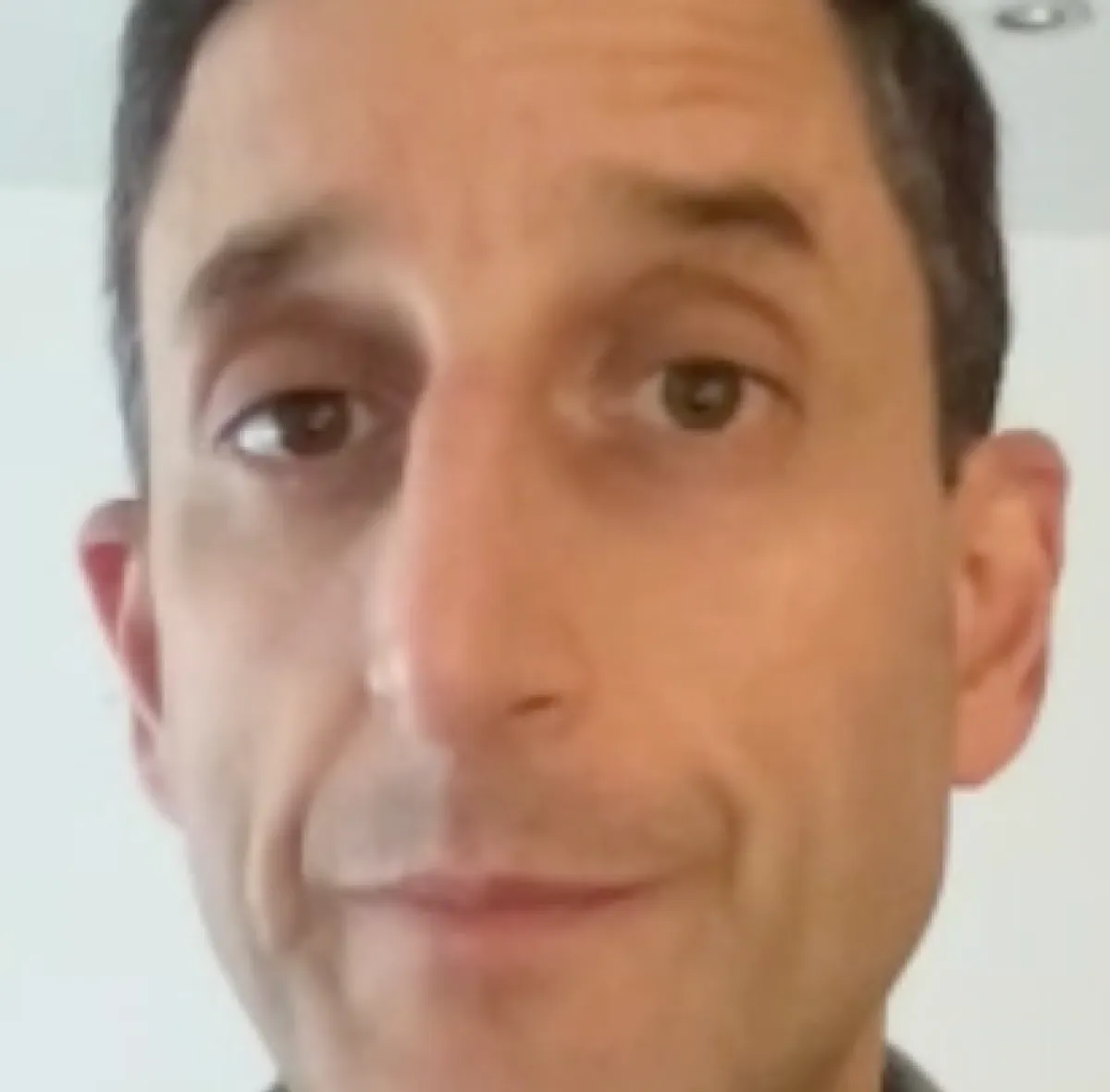Ilan Kelman is Professor at University College London's Institute for Risk and Disaster Reduction and Institute for Global Health, and at the University of Agder in Norway. He makes a provocative and uncomfortable argument about nearly all disasters - they are caused by our choices. In an extensive conversation with Perci Frontlines, Professor Kelman elaborates. He also shares his disaster readiness plans.
We cause disasters.
Floods, hurricanes, tornadoes, wildfires, earthquakes, landslides, tsunamis, blizzards, volcanic activity, and other similar natural hazards have been occurring since time immemorial. Disasters happen when these hazards run into human vulnerabilities. Compare an earthquake in Haiti vs an earthquake in Japan - same magnitude of shaking causes very different scales of disasters.
We as individuals and societies have made choices or choices have been made by some humans for the rest of us, that expose our vulnerabilities to these natural hazards leading to disasters. It could be that
- We lack knowledge or money to put in place fire safety measures in and around our dwellings, or that
- Our homes are not built to code to protect against earthquakes or that our city planners have not issued the correct codes or that the enforcement of the codes is lax, or that
- We have built our homes in floodplains because we can’t afford to live anywhere else, or that
- Our job requires us to work in open fields with no shade.
Accumulation of millions of such decisions and choices over time, great and small, add to our vulnerabilities and lead to disasters when a natural hazard like wildfire, earthquake, flood, or excessive heat occurs. Professor Kelman points out that disasters are not isolated events but rather long-term processes shaped by historical actions and circumstances.
Disasters are predictable. And hence preventable
We now have a lot of information about natural hazards regarding their frequency and intensity. We also have lots of historical data about disasters - their impact on life and property based on locations. This makes disasters predictable. We can anticipate what kind of damage a Category 5 hurricane making a landfall in the Ninth Ward of New Orleans will cause or what kind of damage a magnitude 7.0 earthquake can cause in Los Angeles vs Bakersfield.
Professor Kelman encourages us to rethink the notion of "disaster events" and focus more on disaster prevention efforts.
Choosing Disaster by Choice
Addressing the complexity of individual and family choices in disaster-prone areas, Professor Kelman acknowledges that some communities have limited alternatives due to economic constraints or cultural factors. He advocates for empowering these vulnerable populations through education, information dissemination, and capacity building. By providing resources and support, we can enable communities to make informed decisions that enhance their resilience and safety.
Successful Disaster Prevention Initiatives
Drawing from real-world examples, Kelman highlights instances where disaster prevention efforts have led to tangible successes. One such case is Toronto's response to Hurricane Hazel in 1954. The disaster prompted the city to reevaluate its floodplain management and transform the rivers into green spaces, reducing future flood risks and creating recreational areas for its citizens.
Bangladesh also offers an inspiring example of disaster prevention. Through education, warning systems, and livelihood protection initiatives, the country has significantly reduced the death toll from cyclones. While challenges persist, Kelman stresses that such endeavors demonstrate the potential for avoiding disasters through long-term, collective efforts.
Always learning to be better prepared for disaster
When it comes to disaster preparedness, Professor Kelman shared that he continuously learns and adapts his approach. He highlighted his current plan that includes having essential supplies, such as non-perishable food, bottled water, communication devices like battery-operated radios, flashlights, and necessary hygiene and medical items. He also received first aid training. When looking to buy a home in London, Professor Kelman was aware of river floods and urban flash flooding. He took precautions to avoid buying a home in the floodplain and noted the importance of getting sufficient insurance coverage.
Professor Kelman acknowledged being fallible despite his expertise, he values exchanging knowledge with colleagues, professionals, and others to enhance his preparedness efforts. He recognizes that the ultimate test lies in facing an actual environmental or crisis situation, which will reveal the effectiveness of his preparations.
While he strives to be prepared, Professor Kelman concluded by recognizing his good fortune to have the resources, opportunities, and knowledge to prepare for potential disasters he may encounter.




